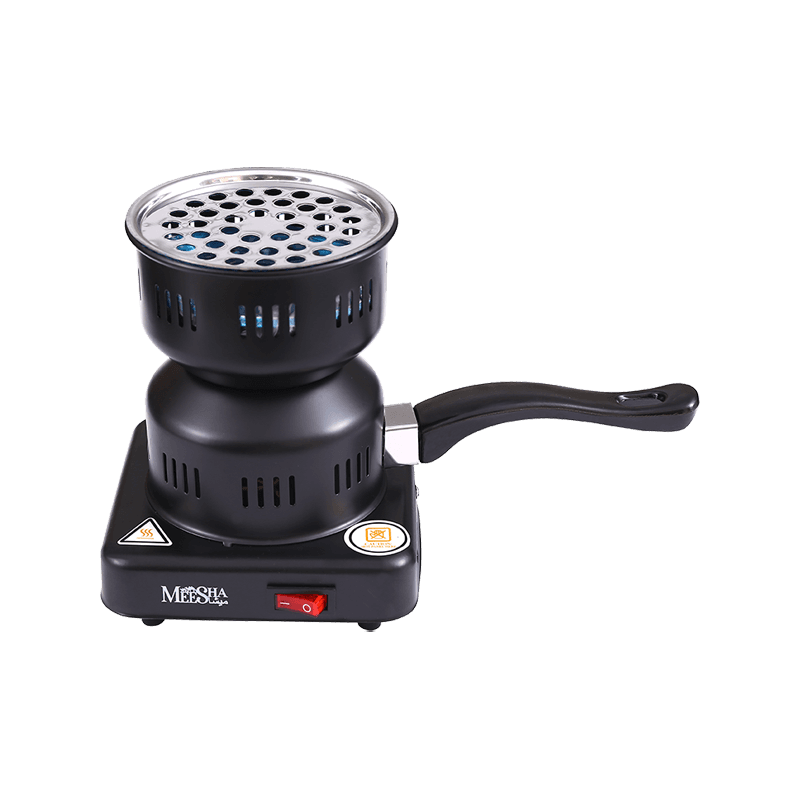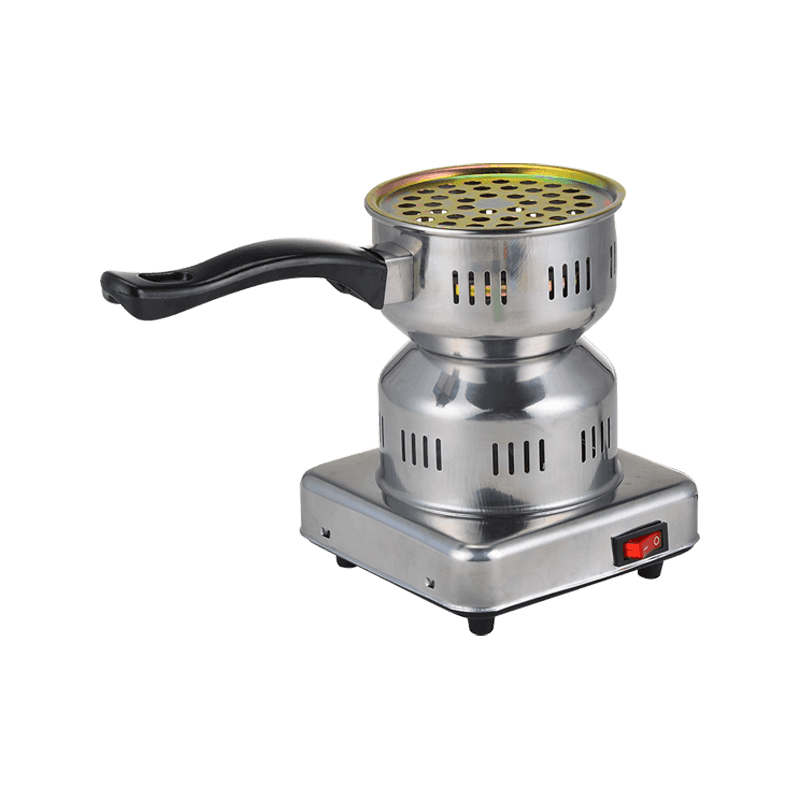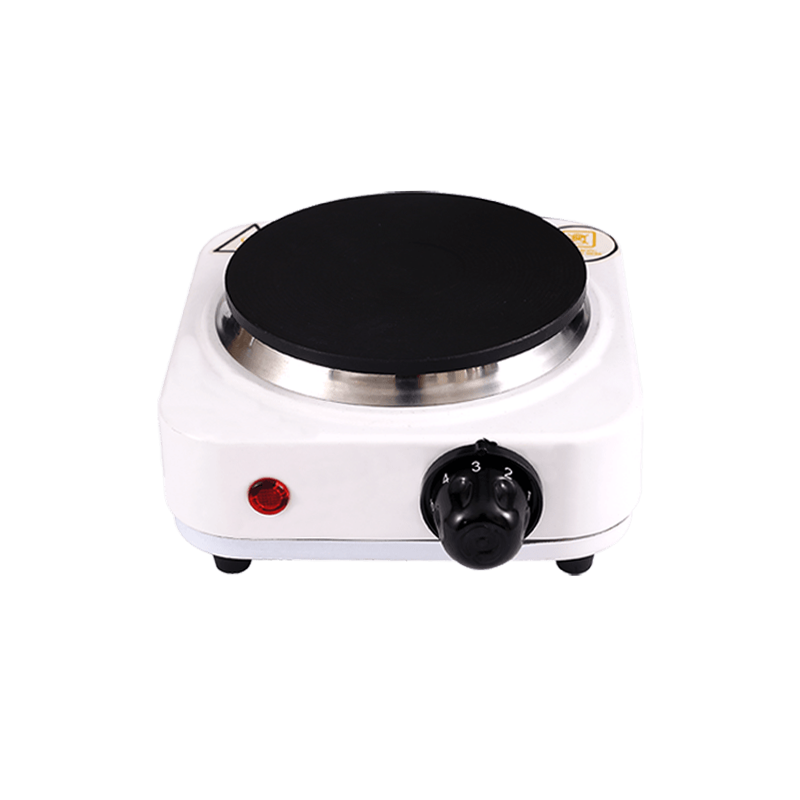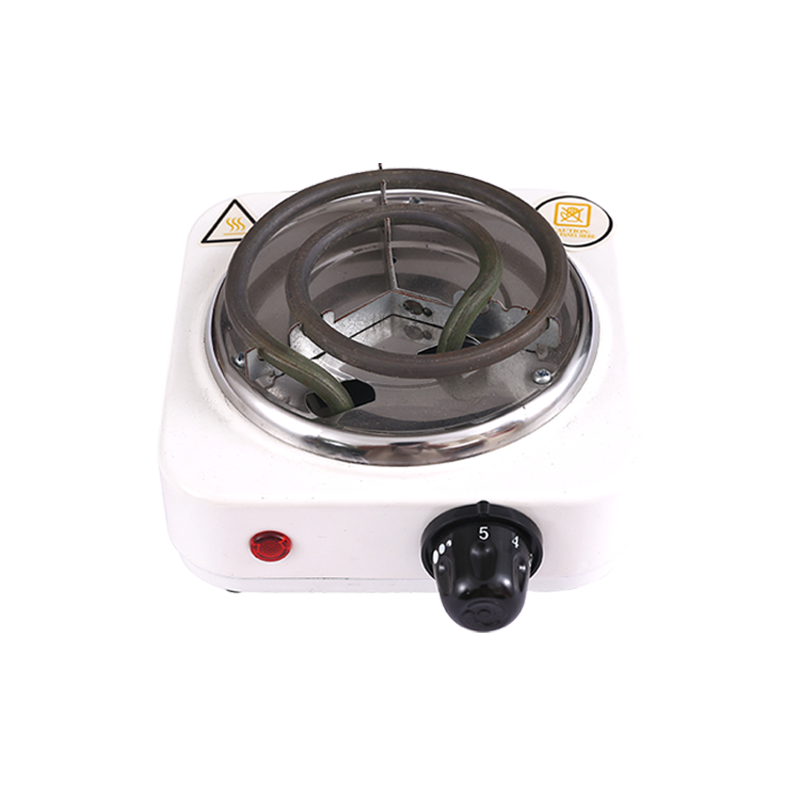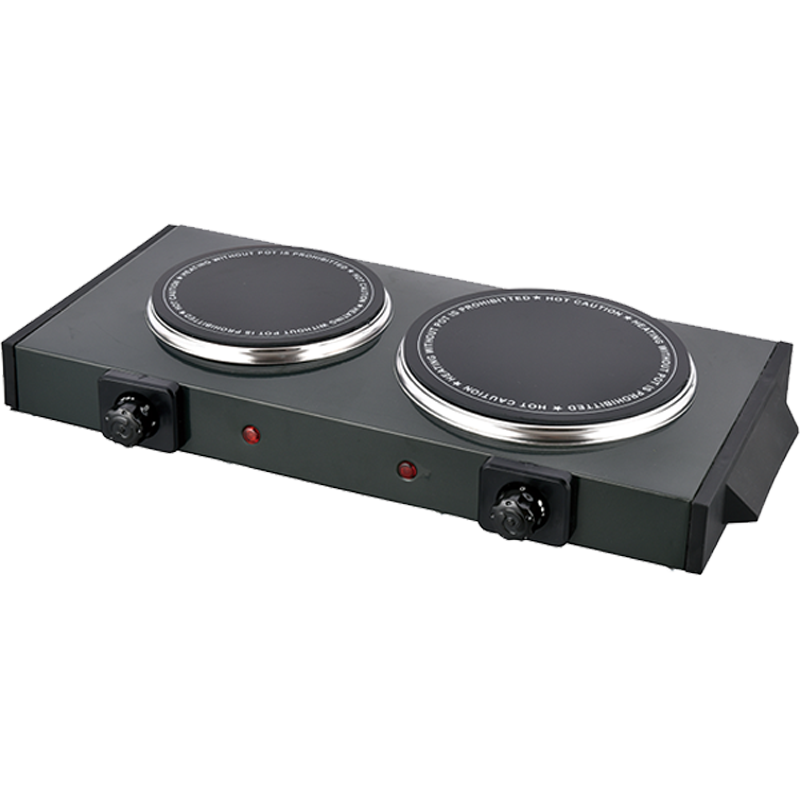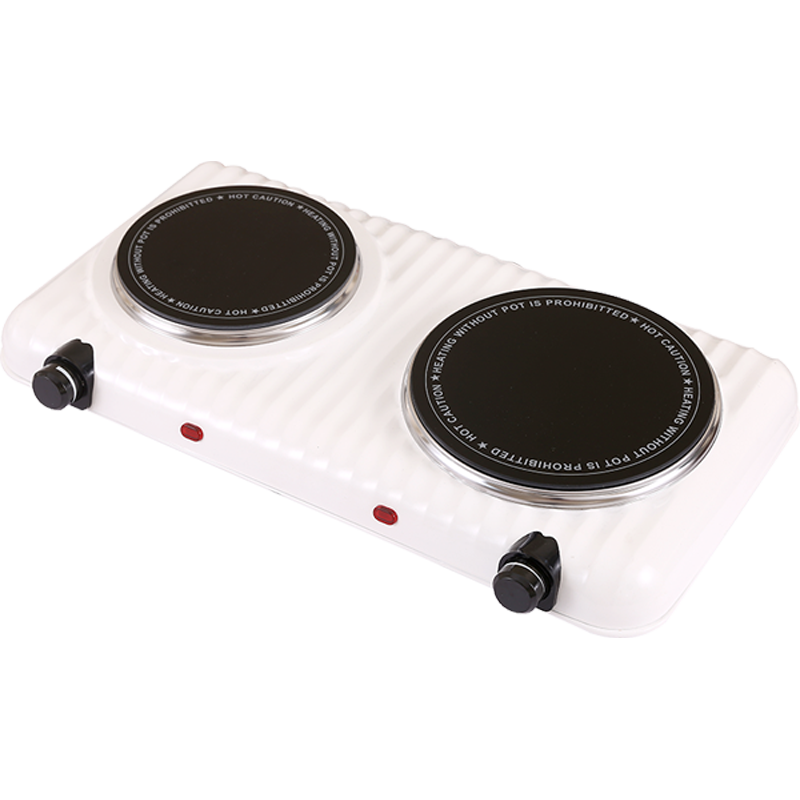+86-579-87253168
Electric Hot Plate Burner appliances are transforming the way people approach everyday cooking, offering flexibility and convenience that suit a wide variety of culinary styles. As home cooking experiences evolve, versatility has become a key factor in choosing kitchen equipment, allowing users to prepare everything from simple breakfasts to elaborate multi-course dinners without the need for multiple specialized tools.
One of the most appealing aspects of this technology is its adaptability to different cooking methods. Whether frying, boiling, simmering, or sautéing, a single unit can handle a wide range of tasks. This versatility is particularly valuable in kitchens with limited space, such as studio apartments, small family homes, or even mobile living environments like RVs and boats. The ability to cook multiple types of dishes on one appliance simplifies meal preparation while reducing clutter.
The flat, stable cooking surface allows for the use of different cookware materials, from stainless steel and cast iron to non-stick pans. This compatibility opens up opportunities for experimenting with various cooking techniques and recipes. For instance, a cook might use a heavy cast iron skillet to sear meats at high temperatures and then switch to a lightweight pot for simmering soups or sauces, all without changing appliances.
One of the primary advantages of electric heating devices is their ability to convert electrical energy into heat with minimal waste. Unlike traditional gas burners, which lose a significant amount of heat to the surrounding air, an electric unit focuses heat directly onto the cookware. This precision reduces cooking time and minimizes the need for excessive power usage. As a result, energy bills can be lowered while maintaining consistent food quality.
Modern designs also integrate advanced heating elements that respond quickly to adjustments in temperature settings. The rapid responsiveness means less energy is wasted during preheating or idle periods. In some cases, residual heat from the cooking surface can be used to keep food warm without additional power consumption. This feature appeals to both home cooks and professionals seeking to optimize kitchen efficiency.
Temperature control plays a vital role in reducing energy usage. Precise heat regulation not only prevents overcooking but also eliminates the need for reheating meals — a process that often doubles the total energy consumed for one dish. In addition, cooking at the correct temperature can preserve nutrients, enhancing the nutritional value of meals without additional cooking time.
Another advantage lies in energy efficiency. Direct heat transfer to cookware ensures minimal waste, meaning less electricity is required to achieve desired cooking results. This efficiency translates into lower overall energy usage, which benefits both the environment and household budgets. In addition, many modern models come with built-in features such as automatic shut-off and residual heat utilization, further reducing power consumption.
Sustainable living is not only about the source of energy but also about the longevity of products. Appliances designed with durable materials and repairable components reduce waste over time. Instead of replacing a worn-out unit every few years, a well-built cooking device can last significantly longer, lowering the environmental cost associated with manufacturing and disposal.
In urban environments where living spaces are becoming smaller, compact and multi-functional cooking solutions also contribute to sustainability. By replacing multiple single-purpose appliances, these units minimize material use and production energy while still meeting diverse cooking needs. This reduction in manufacturing impact is an often-overlooked benefit of efficient kitchen design.
From a lifestyle perspective, adopting electric cooking supports eco-friendly habits in meal planning and preparation. The quick heat control allows for cooking in smaller batches, reducing food waste. The even heat distribution can improve cooking results, meaning fewer failed attempts and less discarded food. Additionally, the absence of combustion gases improves indoor air quality, contributing to healthier living environments.
On a larger scale, widespread adoption of low-carbon kitchen appliances supports national and international climate goals. Governments and communities aiming to lower greenhouse gas emissions often encourage electric cooking solutions as part of broader sustainability initiatives. While each household's contribution may seem small, the collective impact can be substantial when millions of homes make the switch.
Consumer awareness is playing a critical role in accelerating this transition. People are more informed than ever about the links between their lifestyle choices and environmental outcomes. As they seek out solutions that align with their values, products that offer both convenience and eco-benefits are gaining prominence.
Looking forward, technological advancements will likely make electric cooking even more efficient and environmentally friendly. Integration with renewable energy systems, smart power management, and recyclable materials are all expected to become standard features. These innovations will further solidify the role of electric appliances in building a sustainable future.
The shift toward low-carbon kitchens is more than a passing trend — it is a necessary step toward reducing environmental impact while maintaining the quality and diversity of our culinary experiences. By combining modern efficiency with sustainable practices, households can enjoy great food while contributing to a cleaner planet.




 عربى
عربى